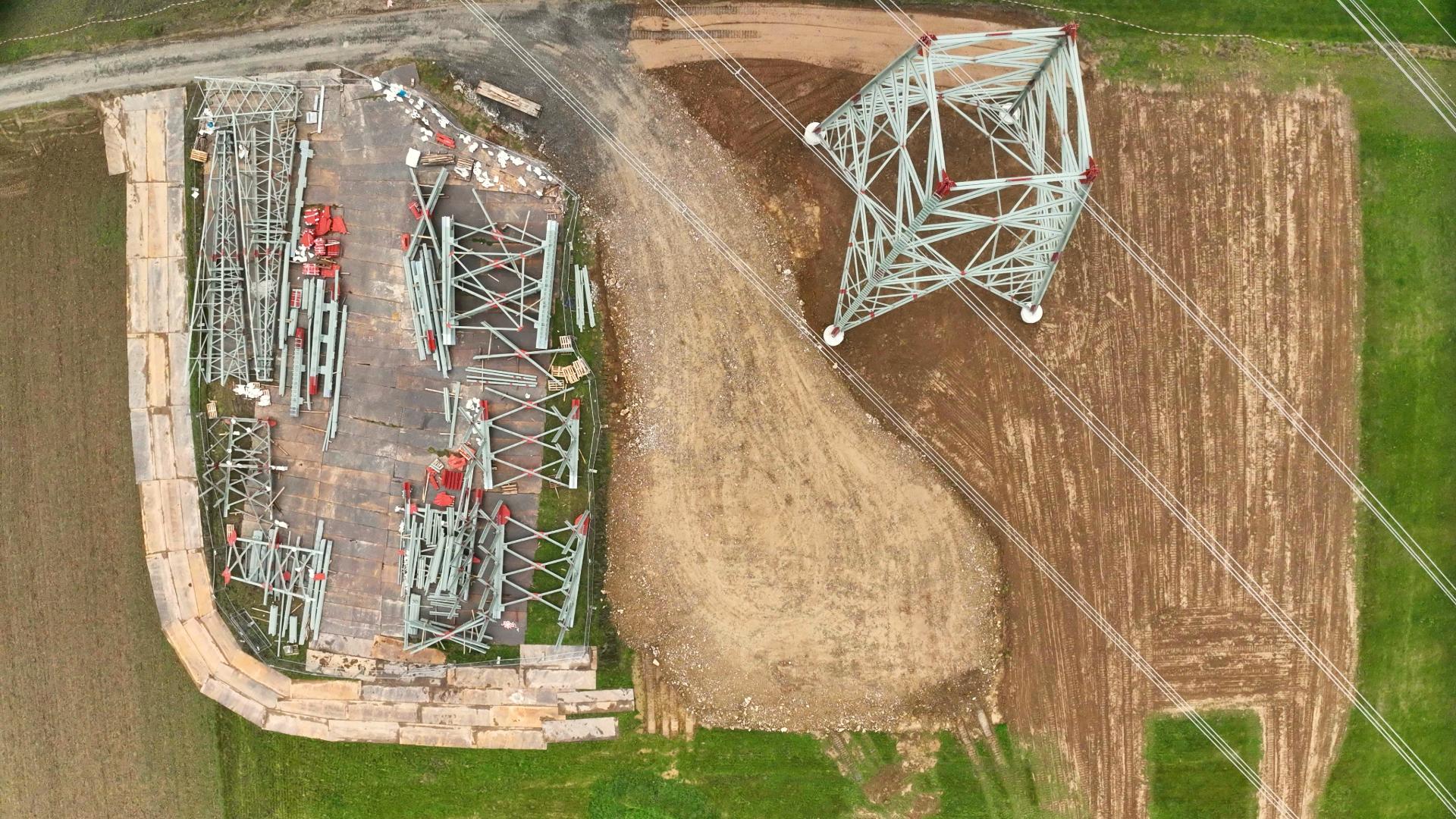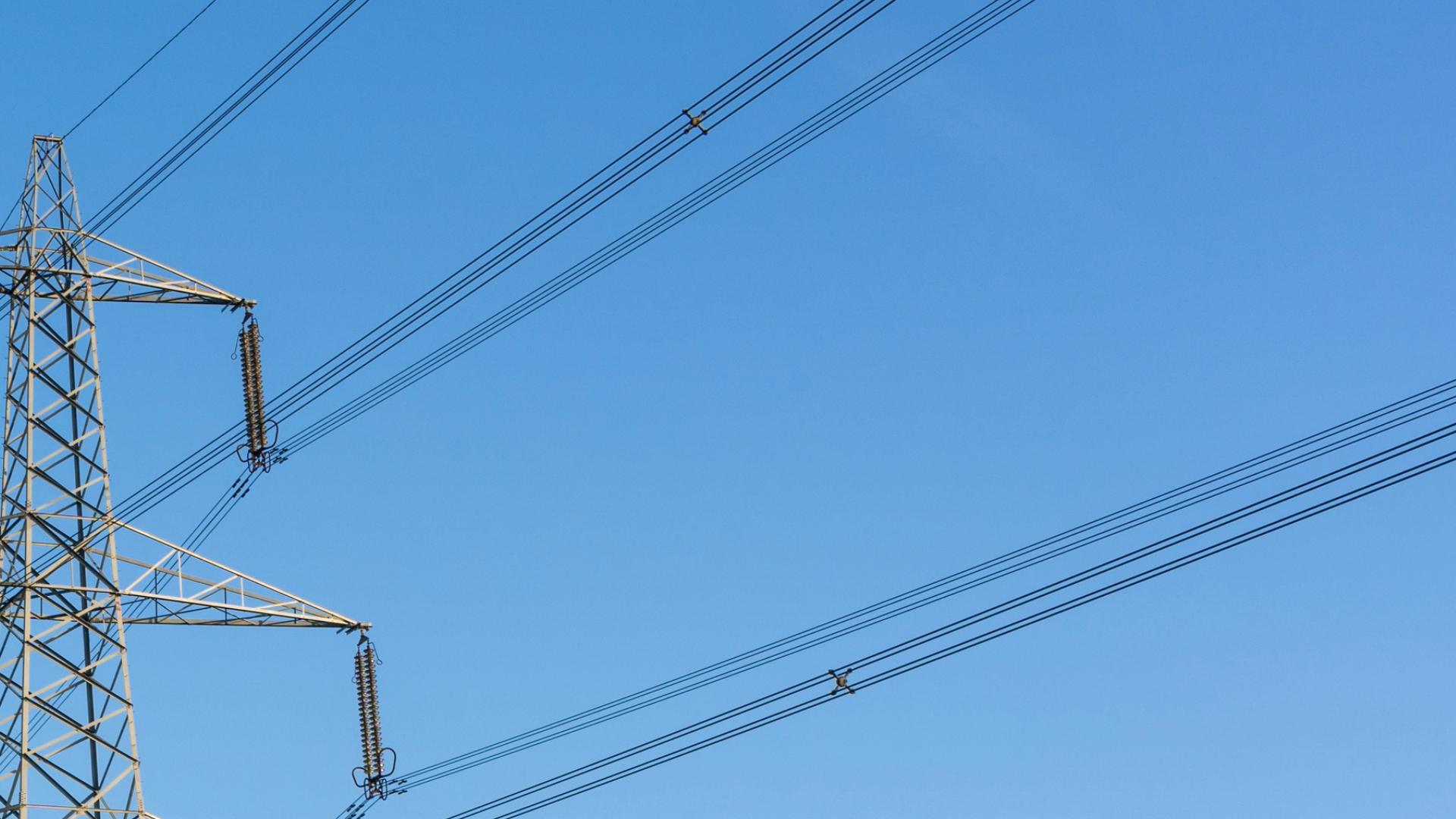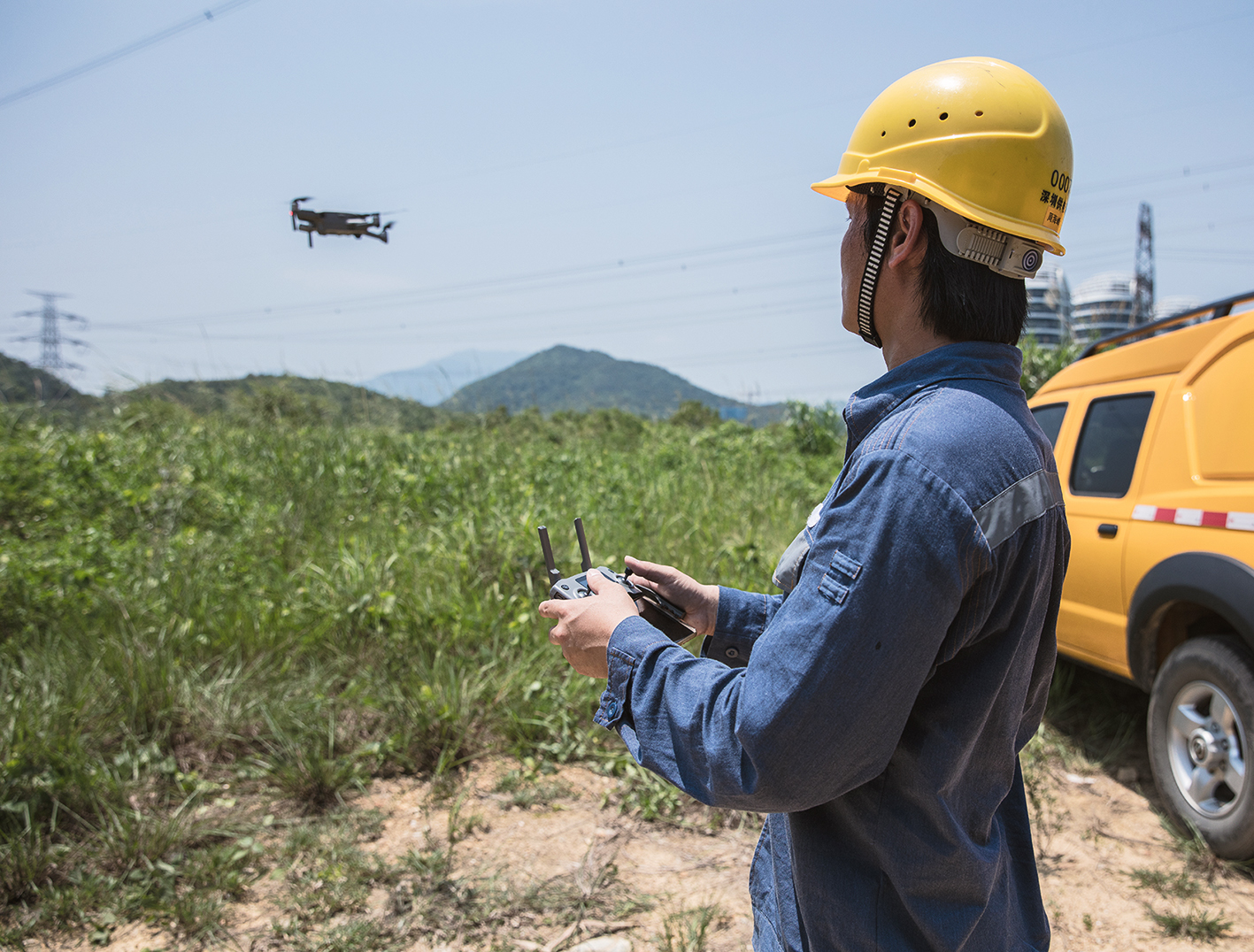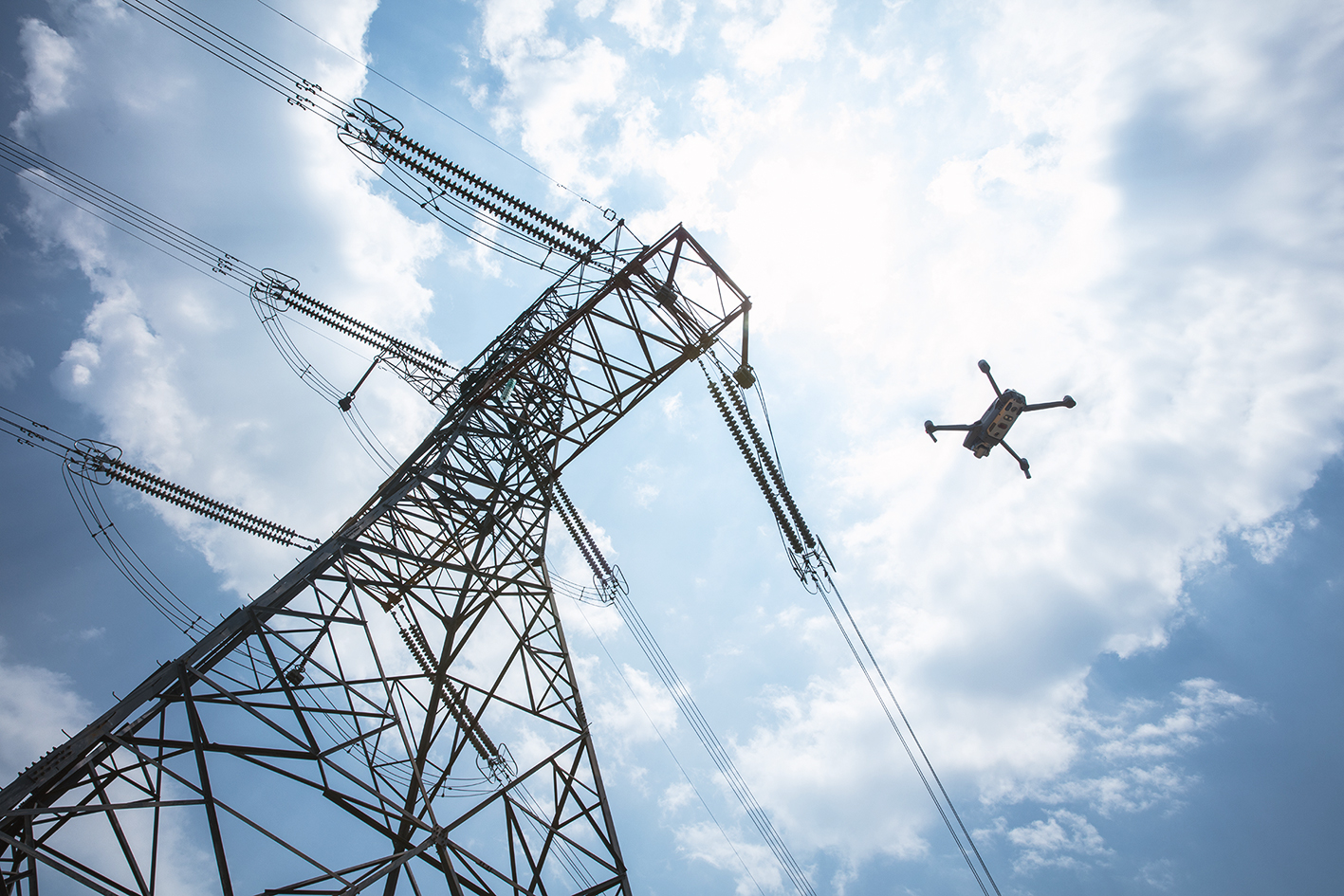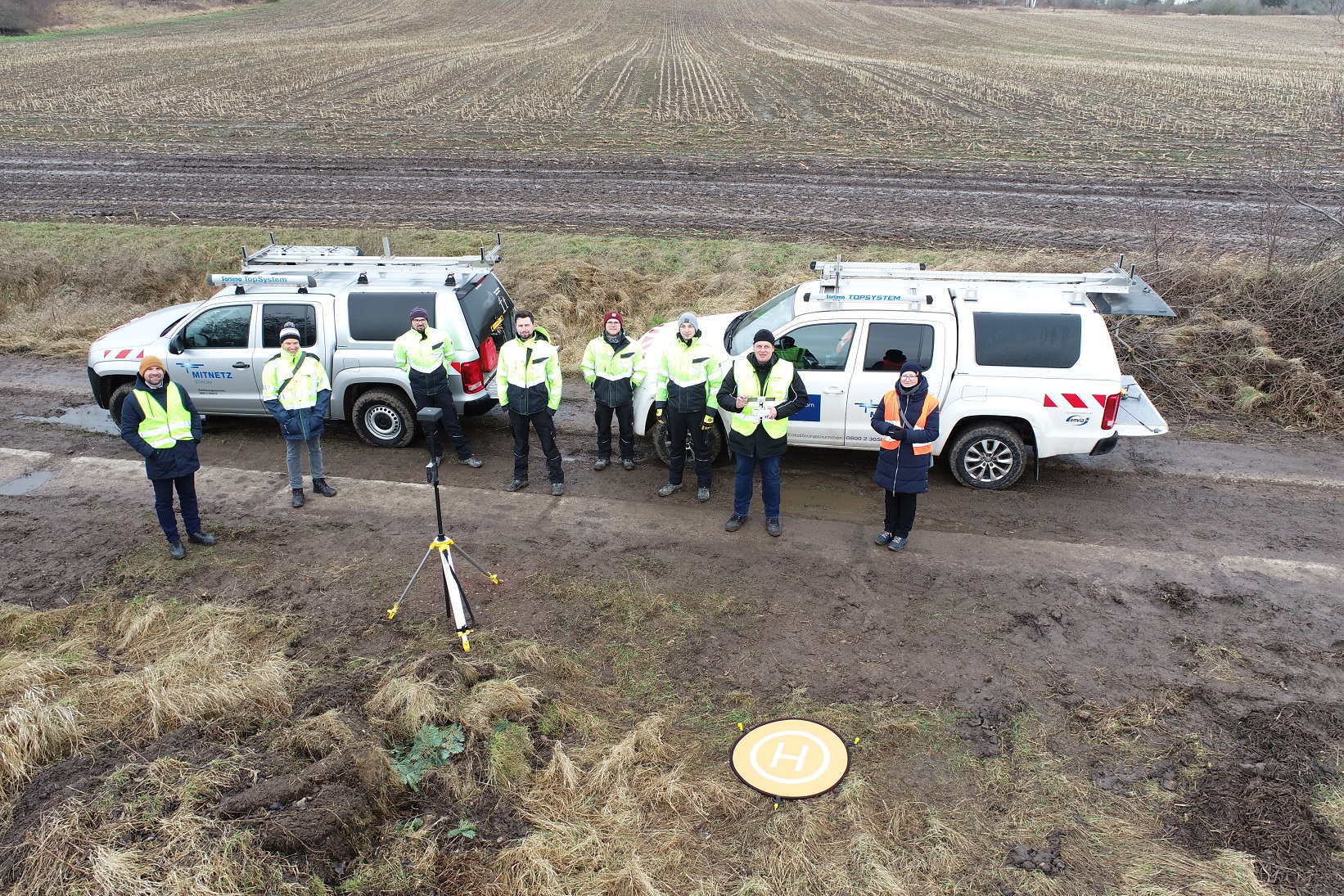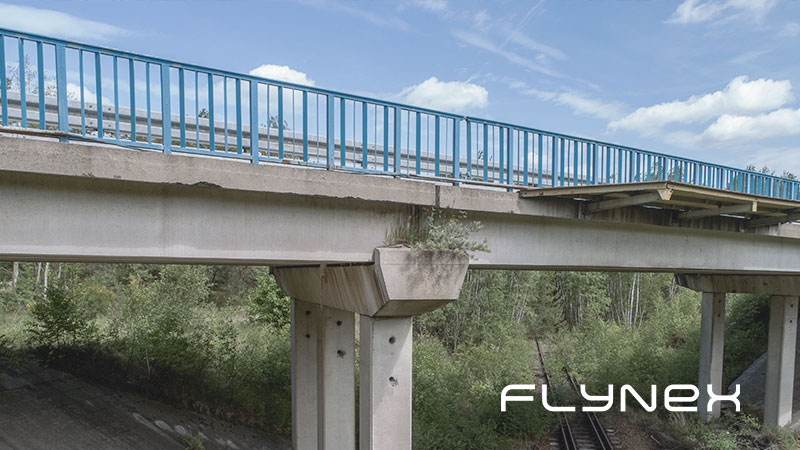Checklisten dienen dazu Reihenfolgen von Handlungen kontrolliert auszuführen. Eine Vielzahl von Aktionen werden auf diese Weise geordnet und können kontrolliert abgearbeitet werden. Dadurch wird nicht das Risiko minimiert, dass in der Abfolge etwas vergessen wird. Vielmehr steigern Checklisten die Handlungssicherheit und gewährleisten kontrollierte Prozesse.
In der Luftfahrt sind Checklisten, die durch die Piloten abgearbeitet werden, jedem bekannt. Auch bei Inspektionstätigkeiten und Wartungen sind Checklisten zur Überprüfung einer Vielzahl von Tätigkeiten unerlässlich. Auch beim Betrieb von unbemannten Luftfahrtsystemen empfiehlt es sich Checklisten einzusetzen und zu führen. Sie dienen insbesondere dem Zweck verschiedene Phasen eines Aufstieges in standardisierte Verfahren zu überführen. Diese „SOP“ (standard operating procedures) tragen nicht nur zur Professionalisierung, sondern auch maßgeblich zur Sicherheit im Betrieb bei.
Arten von Checklisten
Für den Betrieb von unbemannten Luftfahrtsystemen lassen sich verschiedene Checklisten verwenden. Einer Vielzahl von Steuerern werden einige Checklisten der Hersteller bekannt sein, die der Flugvorbereitung oder -nachbereitung dienen. Auch Heise hat schon vor längerer Zeit einen Artikel hierzu veröffentlicht und die besondere Bedeutung von Checklisten damit unterstrichen. Diese Pre-Flight oder Post-Flight Checklisten sind aber noch lange nicht alles.
Zunächst gibt es Meta Checklisten. Diese kann man als Inhaltsverzeichnis verstehen. Sie kategorisieren verschiedene Checklisten oder bündeln eine Vielzahl von Maßnahmen in einer Checkbox. Als Beispiel kann hier etwa die Flugvorbereitung stehen, die nicht weiter spezifiziert ist. Metachecklisten können sich in eine oder mehrere Checklisten gliedern und daher mehrere Tätigkeiten beinhalten. Sie dienen insbesondere dazu, einzelne Phasen kontrolliert in eine andere zu überführen und übergeordnete Maßnahmen abzuhaken. Einzelne vom Betreiber oder Steuerer erstellte Checklisten lassen sich durch die Metachecklisten auch gut zuordnen und kategorisieren, sodass ein komplettes Verzeichnis aller verfügbaren Checklisten erstellt werden kann.
Empfehlenswert ist es Checklisten nach Phasen zu ordnen, wie dies bereits angeklungen ist. So sollte man Checklisten für die Flugvorbereitung, den Betrieb und die Nachbereitung parat haben. Checklisten die speziell der Wartung und der Einhaltung von Serviceintervallen dienen, haben sich ebenfalls bewährt. Gesondert empfiehlt es sich ebenfalls spezielle Checklisten für Sonderlagen dabei zu haben. Dabei kann es sich beispielsweise um Notfallverfahren oder Maßnahmen der Risikominimierung handeln. Als Bestandteil des Operations Manual sollten Betreiber ihre Checklisten hier als Anhang führen und diese quartalsweise prüfen und auf dem aktuellen Stand halten.
Die praktische Arbeit mit den Checklisten führt darüber hinaus in der Praxis zu einer weiteren Unterscheidung, die im folgenden Abschnitt nochmals explizit erläutert wird.
Checklisten für den Betrieb von Drohnen
Diese Checklisten dienen ausschließlich der korrekten Bedienung des Fluggerätes. Oftmals finden sich diese bereits in den Bedienungsanleitungen der Hersteller wieder. Diese Checklisten beinhalten meist in einer bestimmten Reihenfolge die Tätigkeiten, welche vom Steuerer am Fluggerät und dessen Bedienelementen vorgenommen werden sollen oder müssen. Dabei handelt es sich um die Prüfungen einzelner Bauteile und Komponenten, den Zustand des Fluggerätes und der Ausrüstung als solches. Dazu können beispielsweise Propeller, Akkus, Kameras oder Software zählen. Diese Checklisten sollten für den korrekten Betrieb des Fluggerätes separat geführt werden, da es nicht empfehlenswert ist, sie mit Checklisten für allgemeine Tätigkeiten zu mischen.
Checklisten bei der Aufstiegsplanung
Die Tätigkeitschecklisten umfassen Handlungen und Verfahren, welche die Rahmenbedingungen für einen Aufstieg behandeln und mit der Bedienung des Fluggerätes nicht direkt etwas zu tun haben. Als Beispiel soll hier die Aufstiegsplanung dienen. Neben der eigentlichen Bedienung sind für die Aufstiegsplanung weitere Maßnahmen zu ergreifen, die insbesondere der Sicherheit dienen und rechtliche Auflagen beinhalten.
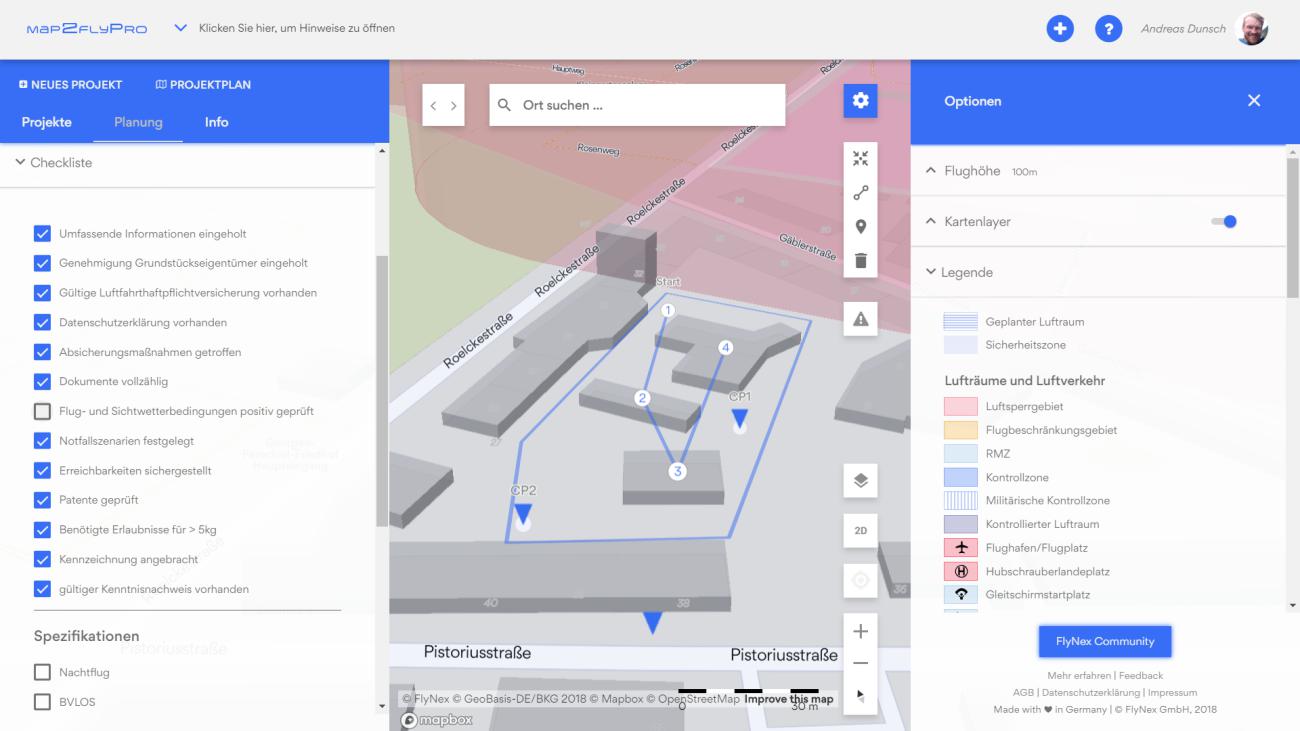
Aufgrund der Komplexität fällt es vielen Steuerern schwer diese Maßnahmen ohne eine detaillierte Checkliste stets im Kopf zu haben. Die Checkbox „rechtliche Auflagen geprüft“ reicht dabei oft nicht aus, da viele nicht wissen, welche Maßnahmen im Einzelnen zu beachten sind. Um dies eben detailliert abarbeiten zu können empfiehlt es sich Tätigkeitschecklisten zu führen, die nicht mit der Bedienung des Fluggerätes vermischt werden. So kann man Tätigkeitschecklisten für den Wettercheck oder die Sichtflugbedingungen führen oder für die Aufstiegsplanung die notwendigen Genehmigungen, wie Grundstückseigentümer, Allgemeinverfügung, Erreichbarkeiten, Notfallszenarien, Meldepflichten oder Flugverkehrskontrollfreigaben beachten und dokumentiert bearbeiten. Auch wenn viele Steuerer bereits Checklisten für die Bedienung führen, werden diese Tätigkeiten aktuell oftmals noch vernachlässigt. Aus diesem Grund bietet Map2Fly_Pro mit der integrierten Checklistenfunktion für die Aufstiegsplanung eben diese Compliance Checklisten, die anhand der Flugplanvalidierung dynamisch für jede Planung erzeugt werden. Damit kann jeder Steuerer neben den Bedienungschecklisten nun auch auf diese rechtlichen Checklisten für die Aufstiegsplanung zugreifen, was eine mehr als nützliche Ergänzung darstellt.
Ausblick
Checklisten werden insbesondere für professionelle Anwendungen und den Einsatz von unbemannten Luftfahrtsystemen in verschiedenen Industrien zunehmend an Bedeutung gewinnen. Dabei werden mehr und mehr industriespezifische Anforderungen Einzug in den Betrieb halten. FlyNex sammelt aus diesem Grund bereits jetzt diese Checklisten aus verschiedenen Branchen und wird diese in die Softwareanwendungen integrieren, sodass die Arbeit mit Checklisten zukünftig maßgeblich vereinfacht werden wird.
Euer FlyNex Team
